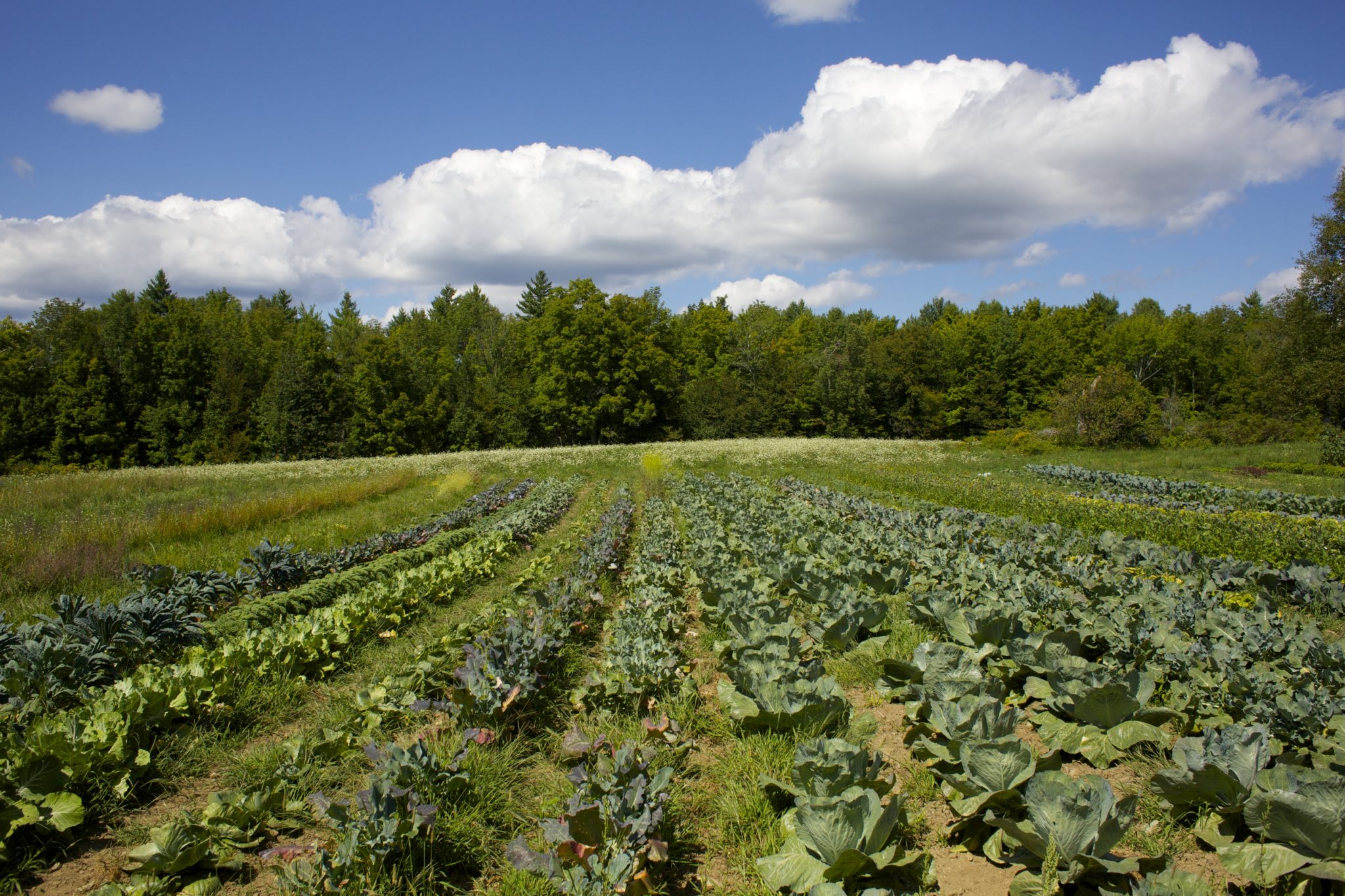The best crops for first-time growers
Many homesteaders want to grow their own food, but getting started can be intimidating, especially for those who have yet to flex their green thumbs. Here are the best crops for first-time growers.

Every wannabe farmer needs to start somewhere, though. While there are no simple answers as to what will be easiest to grow on your property — that depends on your soil health, local climate, and the other resources you have available — there are a few crops that are slightly more simple to manage for homesteaders beginning to dabble in their growing journey.
What crops are easiest to grow?
Some plants are more resilient to the inevitable foibles of beginning technique and, perhaps, less than ideal soil. Lettuce, radishes, and leafy greens like kale do well with little maintenance and have short growing periods.
“Peppers and eggplant are a little more finicky because they really do require warm temperatures,” says Melissa Law, co-founder of the Southern Maine Chapter of the National Young Farmers Coalition. On the other hand, squash, she says, is fairly resilient.
Shannon Dill, co-chair for the state of the Beginning Farmer Success program at the University of Maryland Cooperative Extension, recommends shying away from crops that take longer to mature, like Brussels sprouts and broccoli. Law also says that brassicas broccoli and cauliflower require more nutrients and will suffer is your soil is subpar; plus, “you just cut it once and it’s gone.”
Garlic and onions are slightly longer-term than their leafy counterparts, but they are great for first-time farmers getting started late in the season. “Stick it in the ground in the fall and comes up in the spring and summer,” says Erica Frenay, online course manager at the Cornell Small Farms Program.
Remember that some plants will require a little extra infrastructure than others. Law says tomatoes are also easy (and delicious) to grow — plus, you can pick them all summer — but they may require trellising or a small tunnel to keep out overhead moisture.
Dill recommends herbs instead. “Herbs are also pretty forgiving and pretty hardy,” she says. “There’s a big variety of them, and you can do a lot of things with them.”
What else should first-time farmers know?
Successfully growing food takes more than just picking the easiest, hardiest crops.
“I would focus a lot on site selection,” Dill says. Consider taking a season to observe your property and plan your first foray into farming around where the sun hits and where the water flows.
“I would definitely recommend looking up your local cooperative extension office because they’re often the ones that can do soil testing,” Law says. You can also use the USDA’s Web Soil Survey to get data about the soil in your area.
Even if your farming goals are simple, make sure you purchase quality products. “Don’t skimp on seed,” Frenay says. “It’s better to invest in quality seed.”
All three agree that you should grow what you like to eat; it will make the whole process more worthwhile.

[…] 2018, Hello Homestead, an online resource for beginning farmers and homesteaders, published an article discussing crop options for first-time farmers. Within the article, various experts are quoted […]